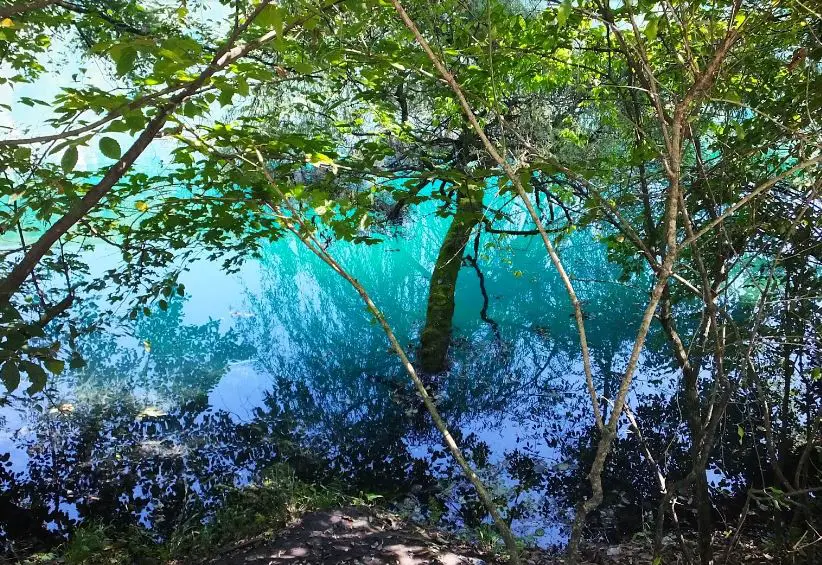Monuments of Ancient Nara In Japan: Overview,Prominent Features,History,Interesting facts
Overview:
Monuments of Ancient Nara In Japan are a collection of some of the most important and significant landmarks from the Nara period of Japanese history. These monuments, including the Todai-ji temple, Kasuga Shrine, and Kofuku-ji temple, are collectively known as the Historic Monuments of Ancient Nara and are recognized as a UNESCO World Heritage site. The monuments offer visitors a comprehensive look at Japanese history and culture from the 8th to the 12th century, with a variety of impressive structures, shrines, and temples that pay tribute to Buddhism, Shinto, and the imperial family of the Heian Period. It is one of the most beautiful monuments in Japan
Prominent Features:
1. Kasuga Taisha Shrine: An ancient Shinto shrine founded in 768 AD, the Kasuga Taisha shrine is one of the most important religious sites in Nara. It has a unique history, from its famous lantern festivals to its symbol, the three-legged crow. 2. Todai-ji Temple: Todai-ji is a Buddhist temple complex founded in 752 AD. It is home to the world's largest wooden building and the world's biggest bronze statue of Buddha. It is also an important cultural site, housing many priceless works of art. 3. Nara Park: A picturesque park in the center of the city, it is home to over 1,200 wild deer that are considered to be a sacred symbol in Nara. These gentle animals wander around freely and offer people a chance to get close to nature. 4. Yakushi-ji Temple: Yakushi-ji is a Buddhist temple complex founded in 680 AD. It is home to many impressive religious artifacts and its architecture is strongly influenced by the Tang dynasty of China. 5. Kōfuku-ji Temple: Kōfuku-ji is a Buddhist temple complex founded in 669 AD. It is one of the most important centers of Buddhist thoughts and teachings. It is also home to a three-storied pagoda, the second tallest in Japan. You can learn history, culture, and heritage through these magnificent monuments in Japan.
History:
Monuments of Ancient Nara in Japan date back to the 7th century and before. Nara is located in the Kansai region of the country and is considered to be the birthplace of many important aspects of Japan’s culture and history. It served as the country’s capital from 710-794 AD. During this time, many majestic monuments and sites were built throughout the city and surrounding areas. These monuments ranged from large scale construction projects such as temples, shrines, and mausoleums to small monuments like stone statues and pillars. The most famous and impressive of all the monuments in Nara are the great Buddha statues, which date back to an average of around 730 AD. The most impressive of these is the Great Buddha Statue of Tōdai-ji, which stands at a staggering 16 meters in height. Built in 745 AD, it is believed to be the largest wooden structure in the world. In addition to the majestic statues, numerous other sites can be seen in Nara. These include the Kasugayama Primeval Forest, the Kofuku-ji Temple Complex, and the Hōryū-ji Temple Complex. The former is one of the oldest parks in the world and is filled with a variety of large tree species, while the latter two are ancient temples that are renowned for their beautiful architecture and artwork. The city also contains many noble burial sites that were used by aristocrats between the 7th and 20th centuries. These monuments, such as the Imperial Mausoleums at Tsukinowa-tsujinomiya and Murou-ji, are symbols of the culture and history of Japan, and serve as reminders of the lives and accomplishments of those who were buried there. Nara’s monuments are not only historically important, but also aesthetically impressive. Any visitor to the city will be blown away by the beauty and grandeur of these ancient monuments and sites, and will be sure to come away with an appreciation for the long and illustrious history of Japan. Visit one of the famous monuments of Japan with your friends and family.
Interesting facts:
1. Nara was Japan’s first permanent capital, located in the Nara Prefecture in the Kansai region of Japan. 2. Nara is renowned for its spectacular ruins, including the iconic Todaiji Temple, the Kofukuji Temple, and the Kasuga Taisha Shrine. 3. The Todaiji Temple was the largest wooden structure in the world, measuring nearly 200 feet long, 164 feet wide, and almost 150 feet in height. 4. The Great Buddha Hall was the first of many such halls found throughout the country. It housed the Great Buddha of Nara, one of world’s largest bronze statues. 5. Todaiji was also the birthplace of two distinct forms of Japanese performing arts: bugaku and kagura. 6. Kofukuji Temple was founded in the 8th century by the famously regal Fujiwara clan. 7. The temple is home to the Five-Story Pagoda, a National Treasure and one of the tallest pagodas in Japan. 8. The temple complex includes the East Golden Hall, an ancient imperial palace, and the Sarusawa-no-ike pond. 9. Kasuga Taisha Shrine is one of the most celebrated Shinto shrines in Japan and is home to many important religious artifacts. 10. It is famous for its thousand-plus stone and bronze lanterns which are lit every year on Setsubun. One of the historical monuments of Japan, it tells the story of a bygone era
Explore Japan most popular tourist destination with us. Monuments of Ancient Nara In Japan: Overview,Prominent Features,History,Interesting facts,which is 35.14 km away from Japan main town, is the most popular destination to add in your travel wishlist.
-
City:
Japan
-
state:
1. Tōdai-ji 2. Kasuga-taisha 3. Kōfuku-ji 4. Nigatsu-dō 5. Heijō Palace 6. Yakushi-ji 7. Toshodai-ji 8. Saidai-ji 9. Jōkō-ji 10. Engyō-ji
-
country:
JP
-
country code:
Japan
-
postcode:
6308212
Location:
1. Tōdai-ji 2. Kasuga-taisha 3. Kōfuku-ji 4. Nigatsu-dō 5. Heijō Palace 6. Yakushi-ji 7. Toshodai-ji 8. Saidai-ji 9. Jōkō-ji 10. Engyō-ji JP



 In Japan.png)












